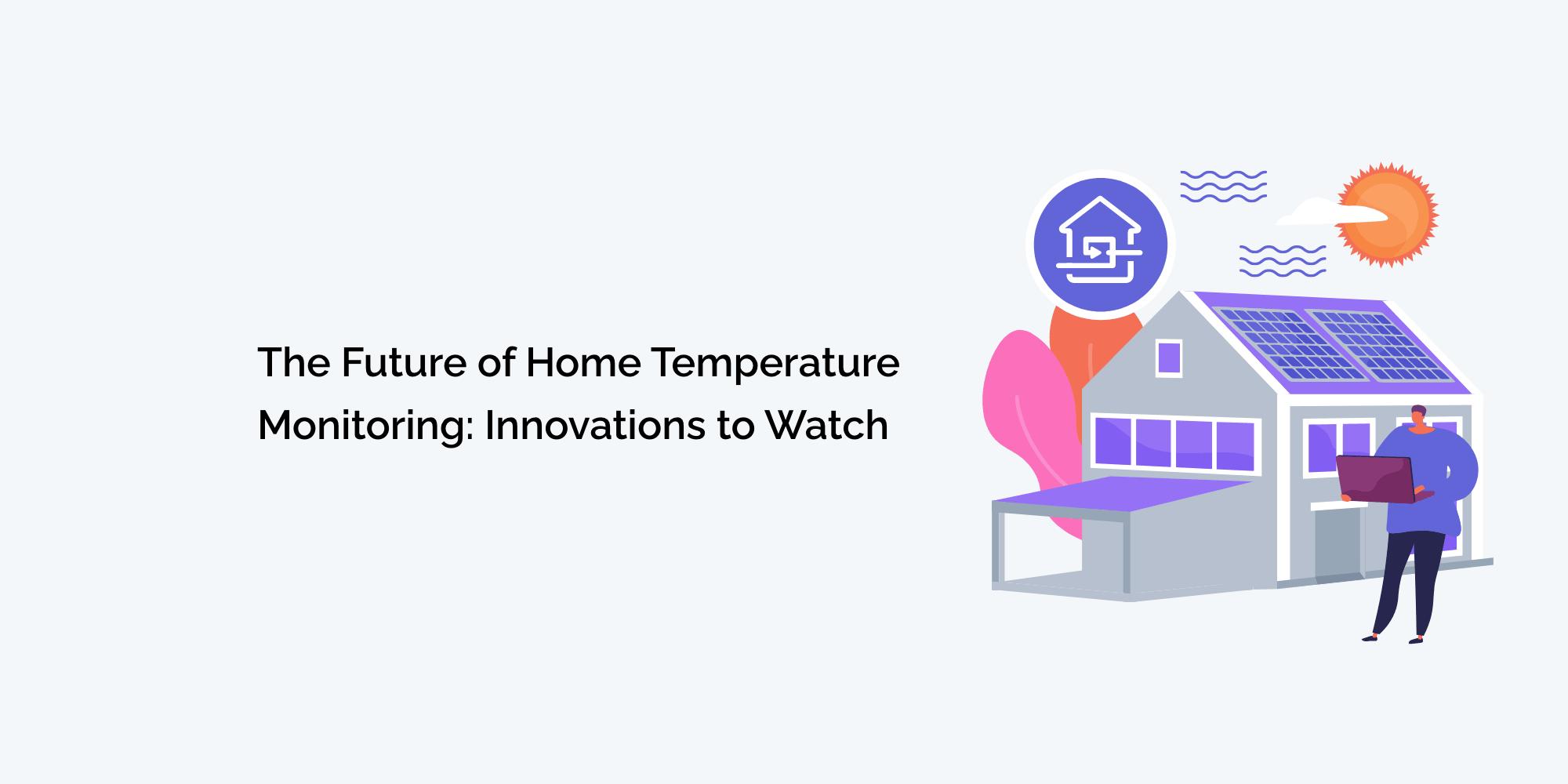In the ever-evolving landscape of smart home technology, temperature monitoring is an area that continues to see remarkable advancements. From traditional thermostats to sophisticated smart devices like TempCube, homeowners now have access to cutting-edge innovations that provide precise control over their indoor climate.
In this blog, we will explore the future of home temperature monitoring, discussing the latest trends and innovations that promise to revolutionize the way we manage and optimize our home's temperature.
Artificial Intelligence and Machine Learning
Artificial Intelligence (AI) and Machine Learning (ML) are already making waves in various industries, and home temperature monitoring is no exception. AI-powered temperature control systems, like TempCube, are capable of learning our preferences and daily routines, adapting to our behavior, and making autonomous adjustments accordingly.
Through AI and ML algorithms, these systems can analyze data from various sources, including external weather conditions, occupancy patterns, and individual temperature preferences. This integration of AI and ML enables home temperature monitoring systems to optimize energy usage, reduce wastage, and create personalized climate settings for each user.
TempCube, with its AI-driven learning capabilities, is a prime example of how these technologies are reshaping the future of home temperature monitoring. By analyzing data over time, TempCube can create a personalized climate schedule tailored to each homeowner's unique needs, leading to energy efficiency and enhanced comfort.
Internet of Things (IoT) Integration
The Internet of Things (IoT) is the interconnected network of physical devices that can communicate and exchange data over the internet. IoT integration is a pivotal factor in the future of home temperature monitoring, as it allows for seamless connectivity between various smart devices.
IoT-enabled temperature monitoring systems, like TempCube, can communicate with other smart home devices, such as smart thermostats, smart lighting, and smart appliances. This integration enables homeowners to create a holistic and interconnected smart home ecosystem.
For instance, TempCube can communicate with smart thermostats and adjust the temperature based on the occupants' preferences and the data gathered from other connected devices. With the IoT, homeowners can achieve a fully automated and optimized home environment, leading to increased energy efficiency and enhanced comfort.
Environmental Sensors and Data Analytics
In the future, home temperature monitoring systems are likely to be equipped with advanced environmental sensors and data analytics capabilities. These sensors can measure not only indoor temperature but also other vital parameters, such as humidity levels, air quality, and even occupants' biometric data.
By collecting and analyzing this comprehensive data, temperature monitoring systems can gain a deeper understanding of the indoor environment. This insight can lead to more precise and adaptive temperature adjustments, ensuring optimal comfort and health for the occupants.
TempCube, with its real-time temperature monitoring and analytics features, is at the forefront of this trend. By incorporating environmental sensors, TempCube can provide users with valuable insights into their home's climate and suggest personalized temperature settings for an improved living experience.
Predictive Climate Control
One of the most exciting prospects for the future of home temperature monitoring is predictive climate control. As temperature monitoring systems become more sophisticated, they can use historical data and AI algorithms to anticipate users' preferences and adjust the climate proactively.
For example, TempCube could analyze past temperature adjustments, seasonal changes, and even individual preferences to predict future temperature needs. By doing so, the system can preemptively adjust the temperature to the ideal setting, eliminating the need for manual adjustments and providing occupants with an uninterrupted and comfortable living environment.
Voice and Gesture Control
As voice and gesture recognition technologies continue to advance, they are likely to play a significant role in the future of home temperature monitoring. Homeowners will be able to control their temperature settings effortlessly through voice commands or simple hand gestures.
Imagine walking into your home after a long day and telling TempCube, "Set the temperature to 72 degrees and turn on the air purifier." These voice commands will be instantly interpreted by the AI-driven system, making the necessary adjustments to create your desired indoor climate.
TempCube, when integrated with voice and gesture control capabilities, will elevate the user experience, making temperature adjustments more intuitive and convenient.
Conclusion
The future of home temperature monitoring is undoubtedly filled with exciting innovations that promise to enhance our comfort, energy efficiency, and overall living experience. With the integration of AI, IoT, environmental sensors, data analytics, and predictive climate control, smart temperature monitoring systems like TempCube are set to revolutionize how we manage our indoor climate.
As these advancements continue to unfold, homeowners can look forward to a more connected, automated, and personalized living environment. Embrace the future of home temperature monitoring with TempCube, and experience the optimal comfort and energy efficiency it brings to your home. Stay ahead of the curve, and welcome the innovations that will shape the future of smart home temperature monitoring.








